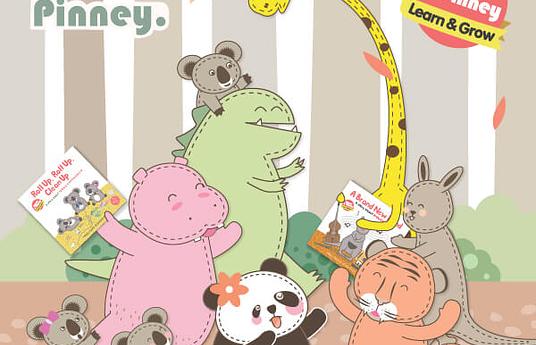A common reflection after 15 years in classrooms was that students were more fulfilled if engaged in an activity or purpose that addressed BOTH their IQ/knowledge/academic potential AND their social emotional learning needs. Yet the existence of programs intentionally designed to afford such opportunities remained limited. This model facilitates & targets learning design that honours both.
The DNA helix shows the progression up the echelons of Bloom's Taxonomy and Maslow's Hierarchy of Needs. It highlights the fact that it is difficult (if not impossible) to expect someone to understand information or apply knowledge when their basic needs of water, air, food & shelter are not met. Similarly, it's unrealistic to expect someone to show empathy if they themselves are not safe, or do not experience a sense of love or belonging. Crucially this reinforces the universal truth that balance between both social emotional wellbeing and intelligence is key if one is to be fulfilled. Pedagogical leaders, educators and students themselves can use this as a continuum to cross reference and guide their efforts. Rubrics can be tailored to suit the context, person or task. Another advantage of the
Online via website, social media.
Dissemination via email, partnerships, collaborations, networks, projects and alliances.
Presentations at international festivals.
Participation in social labs, projects and collaborations.
Download the model (free of charge) and use it independently.
Use it as a prompt for discussion with students or colleagues.
To unpack the research and other metaphors in more depth, contact Chris Menage partner@educationalecosystems.com.au



